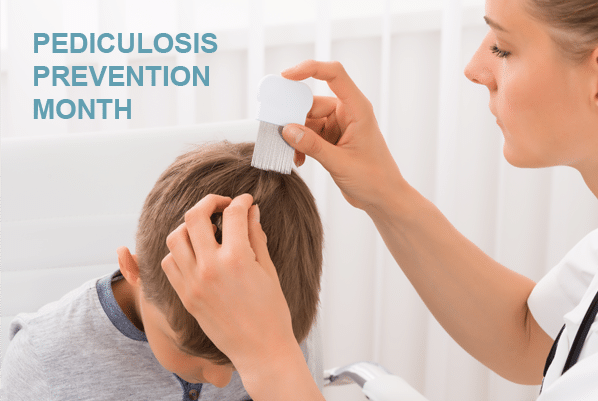Head Lice Prevention
Head lice prevention is as important now as ever before. Whether your child is heading back to school or you work as a teacher, nurse, or share helmets, hats, and towels with friends, head lice is an almost constant risk. Also known as pediculus humanus capitis, lice are not an indication of cleanliness. It is actually quite common, affecting an estimated 6-12 million children each year in the U.S.
If you contract lice, however, you may not know what to do. Below, you’ll find a guide to head lice prevention, symptoms, and treatment, as well as when to visit a dermatologist if you think you have head lice.
Lice Prevention Tips
Lice are passed from person-to-person. They need human blood to live, and the lice access this by crawling up the hair shaft and making tiny bites into the scalp. These bites can cause significant itching. The lice themselves do not spread disease. However, if a child itches their scalp vigorously, they may create an open sore putting them at risk for infection.
The best form of head lice prevention is to refrain from sharing hats, helmets, and towels. Lice can live in fabric for up to 48 hours, which means you should refrain from sharing these items with others. Additionally, keeping hair short is a good preventative measure, but it is not always enough to stop the spread of these annoying critters.
Head Lice Symptoms
The initial signs of head lice include severe scalp itching and the visualization of tiny light-brown or light-grey bugs on the hair, skin or clothing. Nits, or lie eggs, can sometimes be tiny yellow, tan or brown dots that are firmly adhered to the hair shaft.
Lice Treatments
It is important to treat your home after a known case of lice. Make sure to clean items, like brushes and combs, in hot water. Place items like bedsheets, pillowcases, towels, and even stuffed animals in the washer and dryer using the hottest possible settings. These will help eradicate the pests from your home.
Head lice treatments are widely available over the counter. They often include special shampoos, creams, and combs. Most cases of lice can be treated with at-home shampoos and lotions, with treatment spaces 7-9 days apart.
When to See a Professional for Head Lice Treatment
If you or your child has a persistently itchy scalp or a known case of lice that does not resolve with over the counter treatments, it is time to see a dermatology provider.
Additionally, sometimes the itching on your scalp isn’t lice at all, but a chronic skin condition like psoriasis. This condition’s symptoms include having an itchy scalp, developing reddish patches, and a dandruff-like flaking – similar to some reactions to head lice. If traditionally lice treatments haven’t worked, it’s a good idea to see a dermatologist. They will be able to diagnose the itching’s cause and provide treatment options that work for you.
Zel Skin & Laser Specialists is an excellent place to receive treatment, whether you can’t get rid of lice or you suspect you have psoriasis. Our skin care specialists are the best in the area, and we’ve invested in the most up-to-date treatments available.

